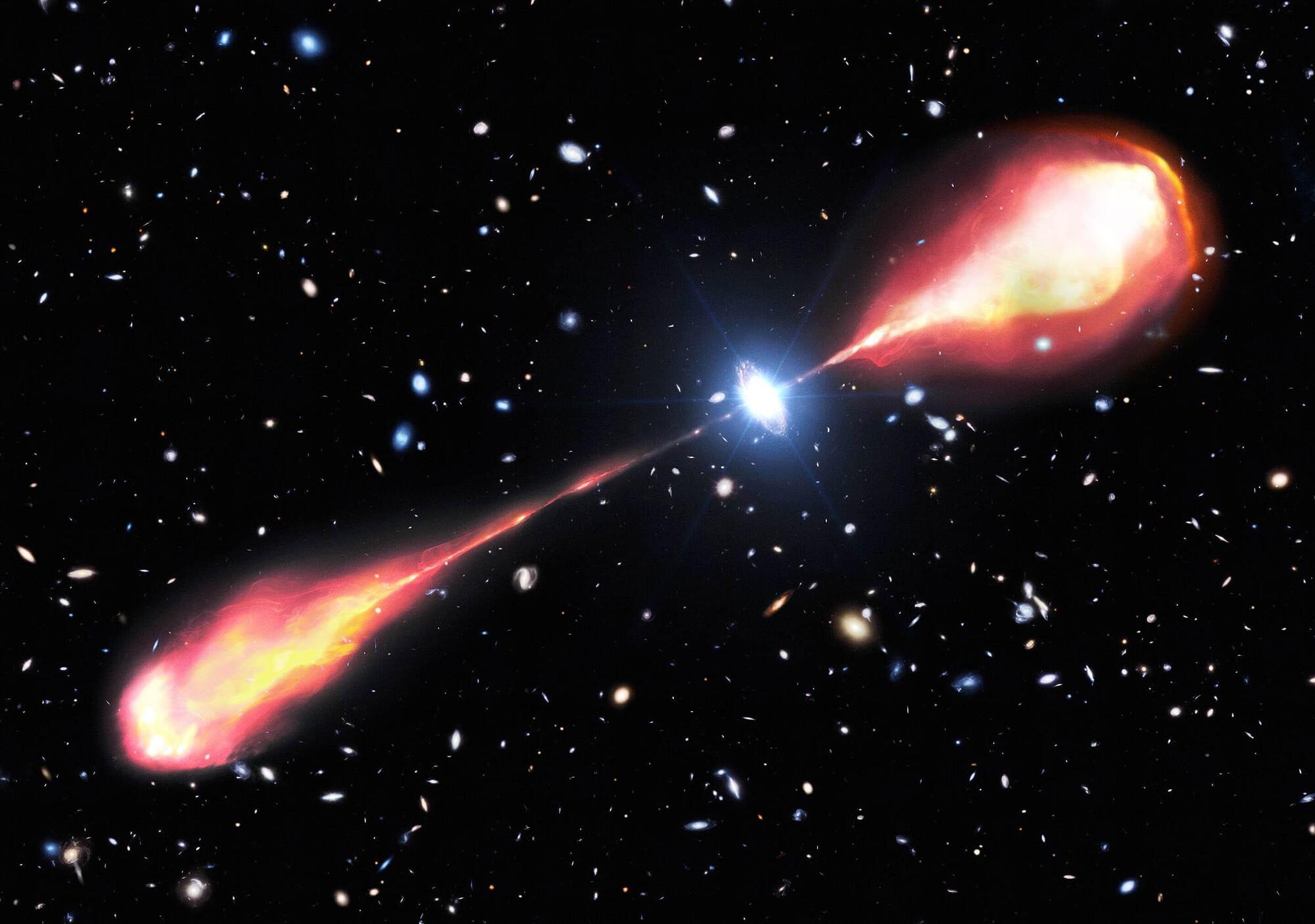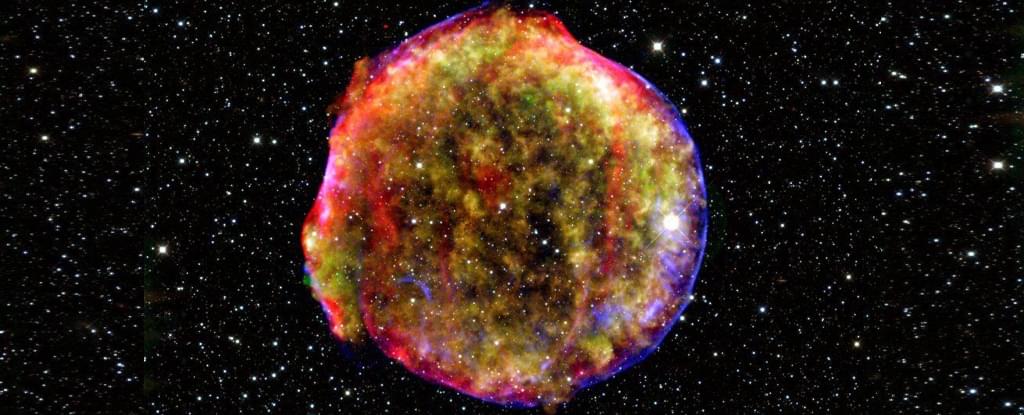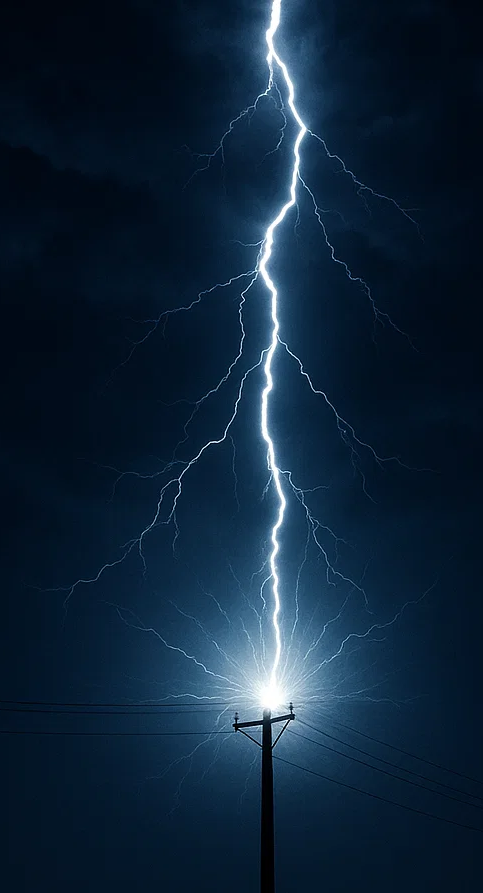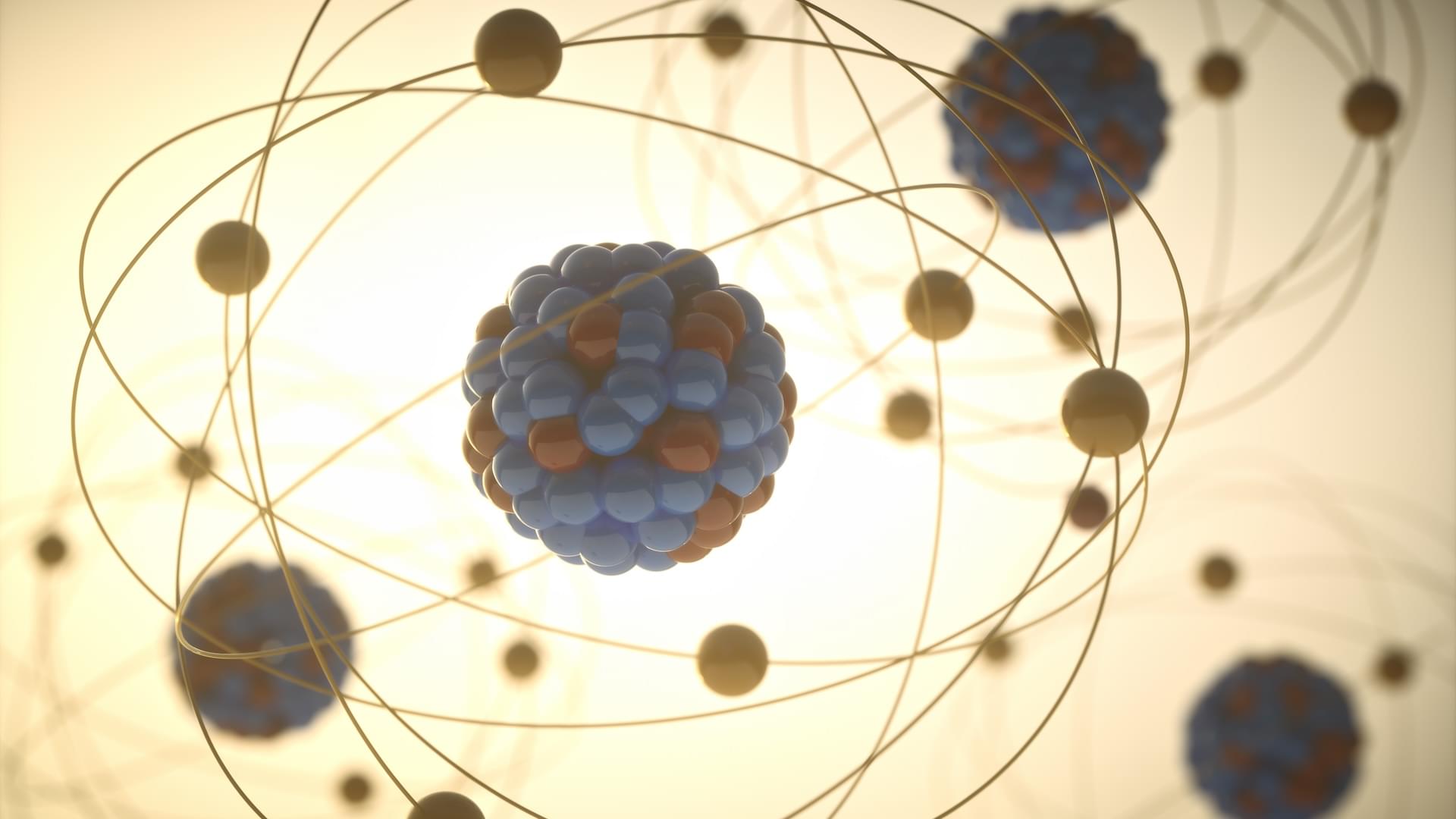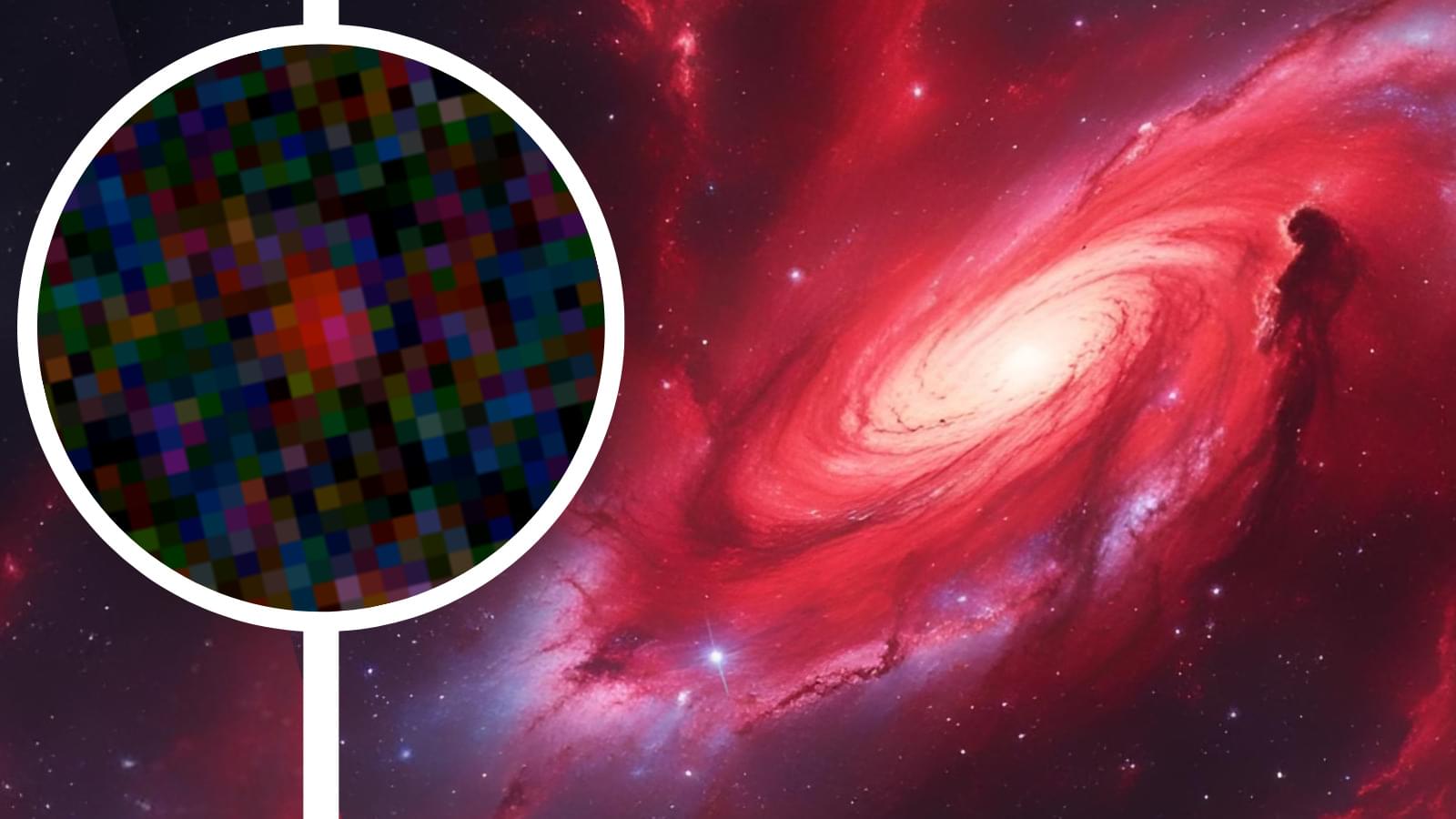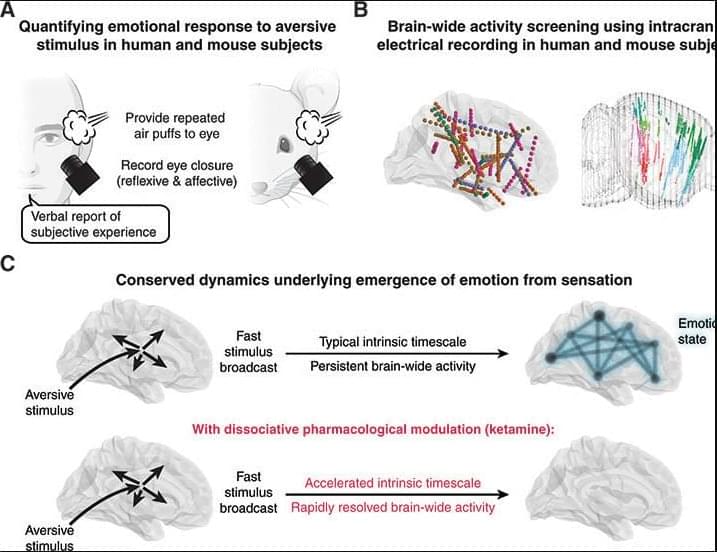A glow-in-the-dark road surprised drivers around the world after pictures went viral on the internet. Now, this US state is implementing night driving tech.
A giant mechanical installation is being described as a “photovoltaic garden” that is capable of generating massive quantities of renewable energy.
That hurdle has now been cleared. A newly analyzed radio image reveals twin lobes stretching roughly 66,000 light-years on each side of a quasar called J1601+3102.
Because the radio waves began their trip across space more than 12.1 billion years ago, the observation shows the quasar as it was when the universe had completed only about nine percent of its history.
This particular quasar, J1601+3102, belongs to a youthful universe – it flared into view when the cosmos was less than 1.2 billion years old.
Somewhere in our galaxy are engines capable of driving atomic fragments to velocities that come within a whisker of lightspeed.
The explosive deaths of stars seems like a natural place to search for sources of these highly energetic cosmic bullets, yet when it comes to the most powerful particles, researchers have had their doubts.
Numerical simulations by a small international team of physicists may yet save the supernova theory of cosmic ray emissions at the highest of energies, suggesting there is a brief period where a collapsing star could still become the Universe’s most extreme accelerator.
A type of hydrogen that doesn’t interact with light could explain how long neutrons live and reveal the identity of the universe’s dark matter, according to a new theory.
A study published in Astronomy & Astrophysics has identified four previously unknown primordial open cluster (OC) groups in the Milky Way.
Open clusters, loose assemblies of stars born from the same giant molecular cloud (GMC), are typically considered to form in isolation. However, the newly discovered OC groups consist of multiple member clusters originating from the same GMC, formed through sequential star formation processes.
Notably, two of these groups, labeled G1 and G2, appear to have formed via a hierarchical mechanism triggered by multiple supernova (SN) explosions.
Emotional responses to sensory experience are central to the human condition in health and disease. We hypothesized that principles governing the emergence of emotion from sensation might be discoverable through their conservation across the mammalian lineage. We therefore designed a cross-species neural activity screen, applicable to humans and mice, combining precise affective behavioral measurements, clinical medication administration, and brain-wide intracranial electrophysiology. This screen revealed conserved biphasic dynamics in which emotionally salient sensory signals are swiftly broadcast throughout the brain and followed by a characteristic persistent activity pattern. Medication-based interventions that selectively blocked persistent dynamics while preserving fast broadcast selectively inhibited emotional responses in humans and mice.
Circulate Health and Buck researchers find that TPE combined with immunoglobulin reduced biological age by more than 2.5 years on average.


